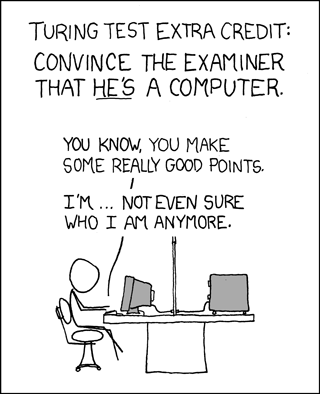ChatGPT Passed The Turing Test—Here's What That Means!
UC San Diego recently released a groundbreaking paper suggesting that an AI system has successfully passed the revered Turing test. But what exactly does this signify, and how was the test conducted? Let's delve into this significant milestone and its implications for our digital landscape.
The Turing Test Explained
The pioneering mathematician Alan Turing introduced a method to determine whether a machine's intelligence matches that of a human—the renowned Turing test. In its basic form, this evaluation involves a human judge conversing via text with both a human and a machine, unaware of which is which. If the judge cannot reliably differentiate between the two, the machine is deemed to have passed the test.

The UC San Diego Study
The study conducted by Cameron R. Jones and Benjamin K. Bergen at the Department of Cognitive Science, UC San Diego, titled People cannot distinguish GPT-4 from a human in a Turing test, aimed to provide a more rigorous and conclusive assessment of AI performance in the Turing test.
Key Findings and Analysis
The results of the study indicated the first solid empirical evidence of an artificial system succeeding in an interactive 2-player Turing test. Both GPT-4 and GPT-3.5 surpassed the ELIZA baseline, meeting the 30% and 50% thresholds, signifying considerable progress in AI capabilities.

Implications and Future Considerations
The study's outcomes prompt a reevaluation of our ability to discern AI from human interaction. As AI systems advance, individuals may increasingly mistake humans for AI, reflecting evolving perceptions of AI capabilities.
To improve our AI detection skills, we must develop new strategies beyond conventional methods, as demonstrated by the study's findings. Increased exposure to AI content can heighten our sensitivity to distinguish between human and AI-generated interactions.
As AI technology progresses, it becomes imperative for individuals to enhance their AI detection acumen to mitigate potential risks associated with misinformation and cybersecurity threats.
Stay informed and vigilant as AI integration becomes more pervasive in our daily lives, enabling us to navigate the evolving landscape of human-AI interaction effectively.




















